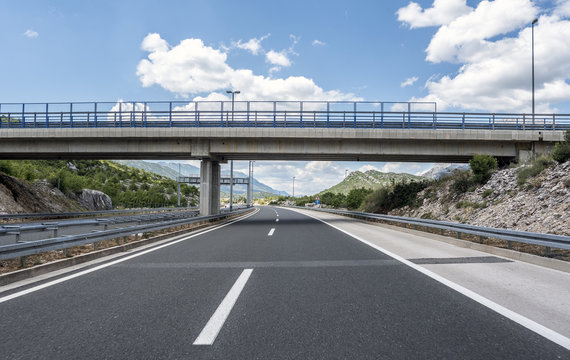Contact Us
RoadVision AI
Private Limited
Office No. 308 & 310, B Block
Ansal Chamber - 1, Bhikaji Cama Place,
Near Engineers India Limited (EIL) Bhawan, New Delhi - 110066
© 2024 | RoadVision AI | All rights reserved
Bridge bearings play an essential role in ensuring the stability and longevity of road bridges. IRC:83 (Part I)-2015, published by the Indian Roads Congress, provides comprehensive specifications and a code of practice for designing, manufacturing, installing, and maintaining roller and rocker bearings. This document ensures the safe and efficient transfer of loads between bridge components while allowing controlled movement and rotation.

The code applies to the design, manufacture, testing, and maintenance of roller and rocker bearings used in road bridges. It focuses on:
The standard emphasizes Limit State Design Philosophy, enhancing structural reliability by accounting for serviceability and ultimate limit states.
The choice of materials significantly influences bearing durability and performance:
The Hertzian Contact Theory is applied to determine stress distribution and deformation between contact surfaces.
Correct installation ensures bearing longevity and performance. Key considerations include:
Regular inspection and maintenance are critical for ensuring bridge safety:
The IRC:83 (Part I)-2015 serves as an indispensable guide for engineers and planners working on road bridges. By adhering to its provisions, stakeholders can ensure the stability, safety, and long-term reliability of bridge infrastructure.
RoadVision AI is revolutionizing roads AI and transforming infrastructure development and maintenance with its innovative solutions in AI in roads. By leveraging Artificial Intelligence, digital twin technology, and advanced computer vision, the platform conducts thorough road safety audits, ensuring the early detection of potholes and other surface issues for timely repairs and improved road conditions. The integration of potholes detection and data-driven insights through AI also enhances traffic surveys, addressing congestion and optimizing road usage. Focused on creating smarter roads, RoadVision AI ensures compliance with IRC Codes, empowering engineers and stakeholders to reduce costs, minimize risks, and elevate road safety and transportation efficiency.